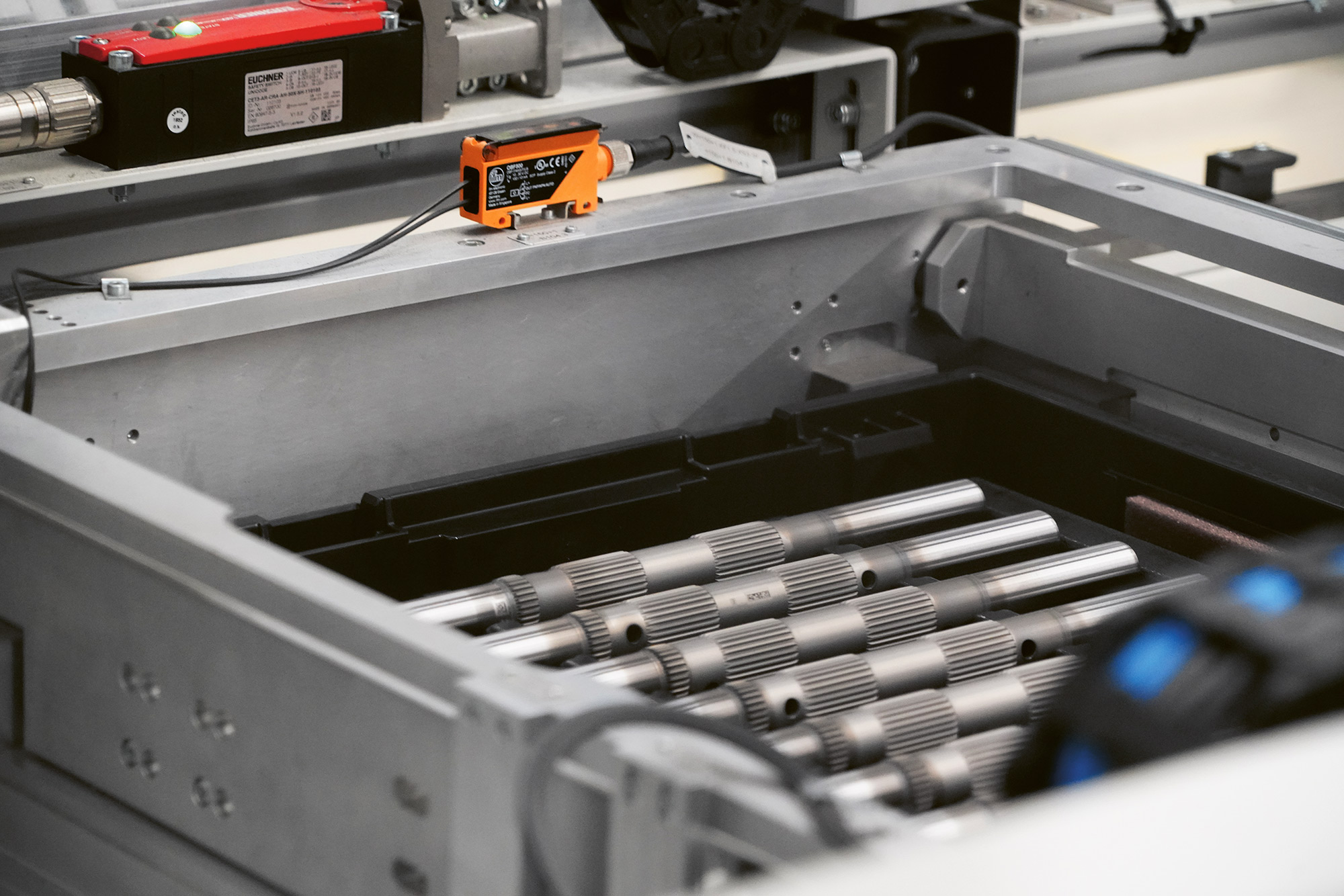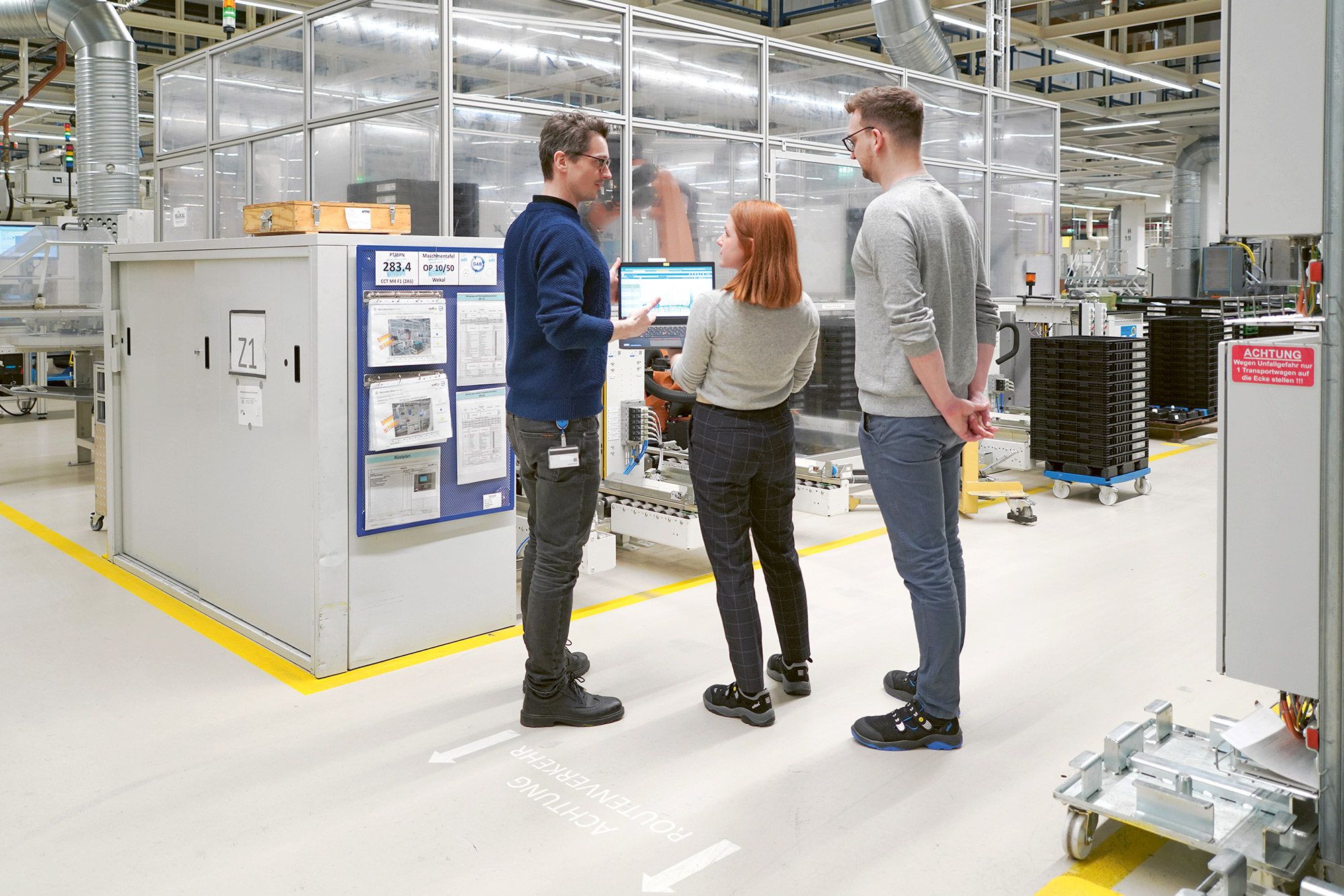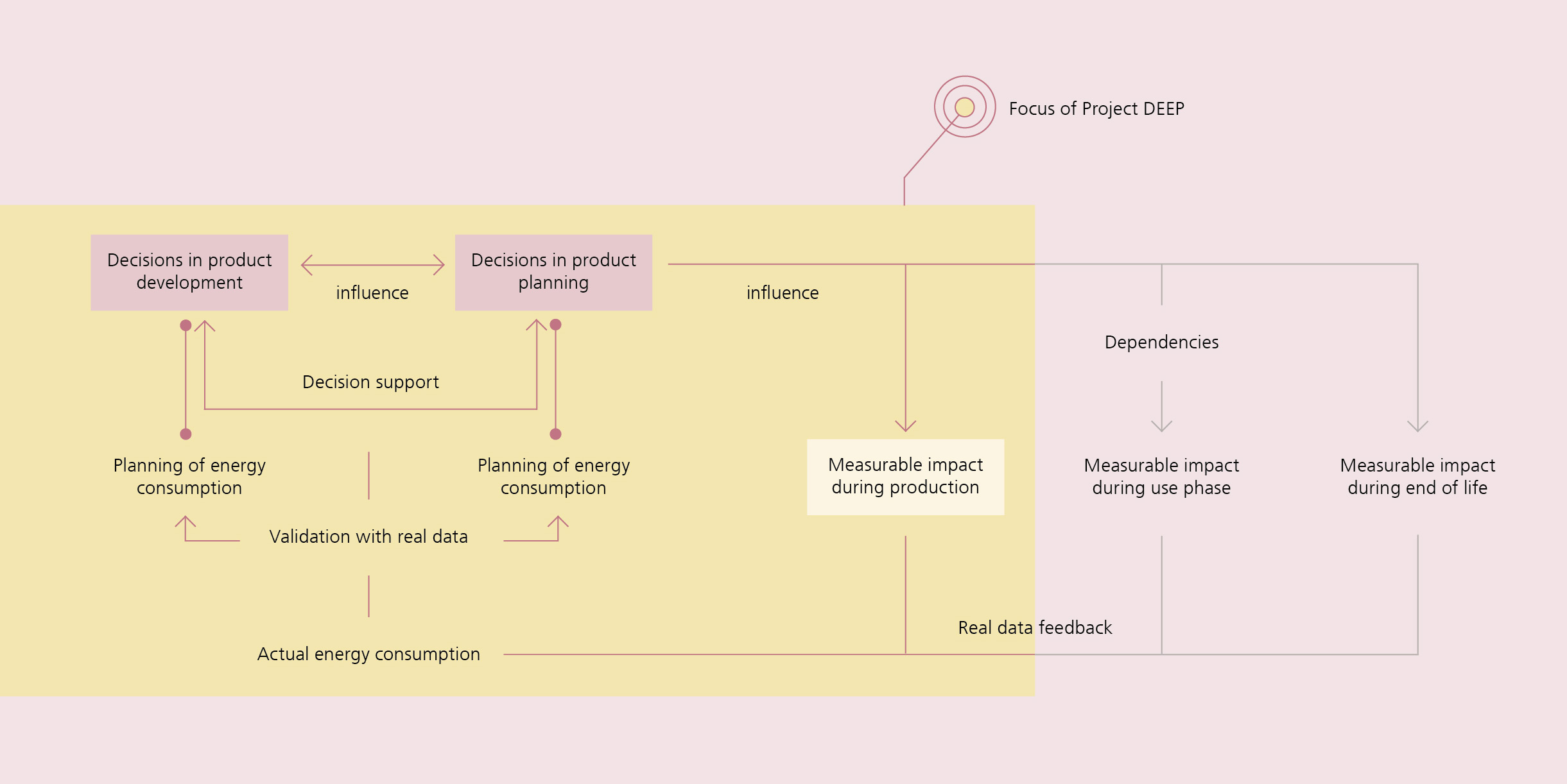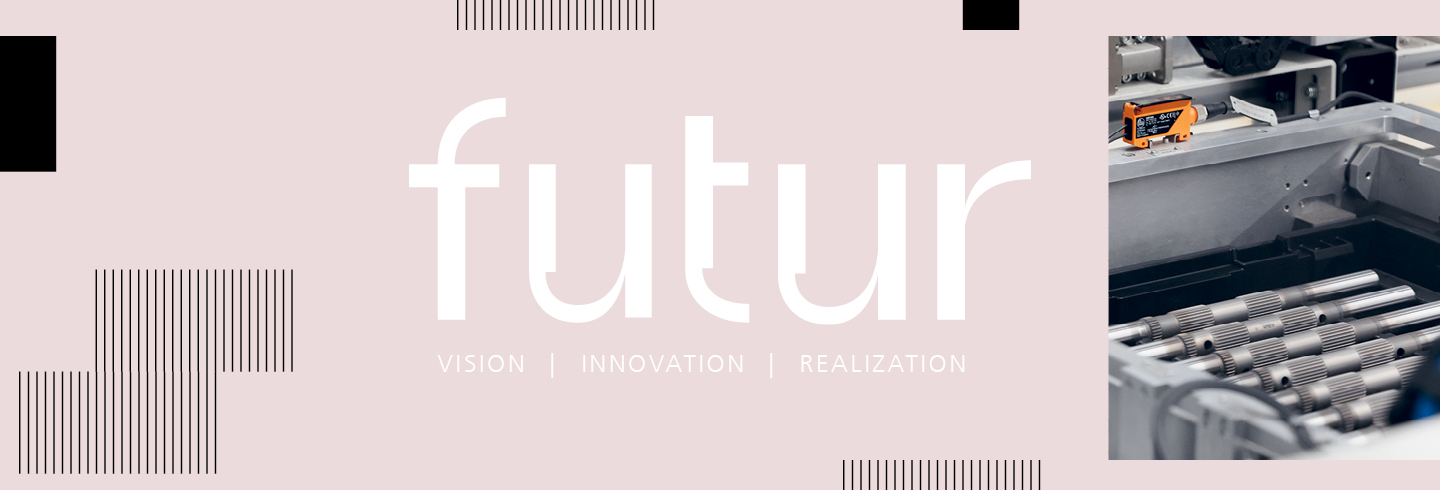Energy Efficiency for a Head Start


Modern energy management is a Herculean task for manufacturing companies. Rising prices for energy on the global market, increasing scarcity of resources and the introduction of a carbon tax are all factors that raise the importance of energy-efficient production whilst also rendering it more complex. Consumers explicitly want energy-saving products and thus help them to create a stable, attractive sales market. It is high time now for companies under competitive pressure to think about designing both their production stages and their products to meet the criteria of energy efficiency in a timely and holistic manner. What role does product development play in all this? And what new solutions could be integrated in the production processes?
In the beginning was product development
Decisions that a product developer or designer makes before the first prototype, have a direct impact on the carbon footprint of a product. Researchers at Fraunhofer IPK are exploring how sustainability in products can be improved across the whole product lifecycle. Designing a product for maximum sustainability is not just a matter of ensuring that the product itself saves power or fuel when in operation – because the energy used in its manufacturing must also be kept as low as possible. According to the Federal Environment Agency, industry is the second largest consumer of energy in Germany, after transport and before private households. As the German electricity mix still consists of just under two thirds of conventional energy sources (i.e. fossil fuels plus a dwindling part of nuclear power), this means a large amount of greenhouse gas emissions.
In comparison to 1990, energy use by German industry has declined, and over the past few years has plateaued on a stable level. In the mobility sector, energy-saving measures have been established in industrial practice, making both cars and their production increasingly energy-efficient. For instance, in the period 1995 to 2017, the fuel consumption of the average car has been reduced by 1.4 liters per 100 kilometers. On the other hand, economic growth and increasing consumerism are offsetting factors that impede energy consumption from falling further.
A team from Fraunhofer IPK is now exploring how the basis for an energy-efficient production can be set in the early product development stage. The research team is working on a company-specific model for the qualitative assessment of decision-making in product creation and process planning and its impact on energy consumption in production. The project goes by the name DEEP (Qualitative Design Dependencies Model for Energy-Efficient Decisions in Product Creation).
The goal of DEEP is to give the relevant decision-makers transparency about how much energy is used at which points in a plant's production system from the early stages of product design. To show how the developed model runs with real energy data, a representative product or system with a wide solution space in terms of product design and production process decisions has to be identified. This gives the research team an adequate basis to identify potential for optimizing energy consumption.
For companies to implement this model and use it as basis for feedback-to-design, the methodological groundwork for the concept of decision-making support has to be laid. This happens in three stages:
- Step 1: Modeling of decision-making paths
In the first step, the relevant decisions in product development and process planning are identified and modeled in a tool developed by Fraunhofer IPK scientists. For this purpose, the decisions are linked to the activities that are taken in the decision-making process. The result is a model with all relevant decisions, their solution space and the concretely chosen solution result. In addition, information flows within the company are also represented, i.e. the data and models that are created from the initial idea to the start of production. The methodical approach behind the tool is based on the theory of the holistic development environment (EOS). Accordingly, IT systems and responsible roles are also modeled as part of these decision paths.
- Step 2: Modeling of the dependencies of energy consumption and design decision-making
The dependencies of energy consumption and design decision making are linked using the Design Dependencies Visualization Tool (DDVT) developed by TU Berlin - Step 3: Linkage and identification of energy saving potential
For the purpose of linkage, the energy data recorded in production are evaluated, backcalculated to the individual product and coupled with the design decisions. This affords transparency for development and planning and allows for energy saving potentials to be identified. As a specific result, the scientists want to develop a holistic feedback-to-design model and a software tool in the long term. The method has already been tested in an industrial application.

Use case: Automobile production
A prototype test was implemented in cooperation with Mercedes-Benz AG at the Mercedes-Benz Berlin Plant. The company-specific model uses the exemplary product of a camshaft tube to illustrate how decisions made during product development and production planning influence energy consumption in the production phase. This enables the company to base its production decisions on a solid database and develop a recommendation system for sustainable production in the long term. The energy consumption data will be continuously collected in the future. The research team hopes to be able to evaluate this data in the long term in such a way that (partially) automated recommendations for product and production decisions can be derived from it. The test findings will serve as decision support for a more sustainable design of products and production processes.
 Fraunhofer Institute for Production Systems and Design Technology
Fraunhofer Institute for Production Systems and Design Technology